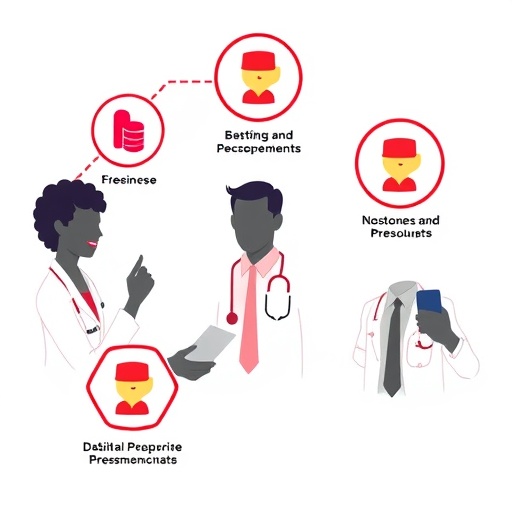NEW YORK – March 12, 2019-The Cardiovascular Research Foundation (CRF) is pleased to announce that the latest issue of Structural Heart: The Journal of the Heart Team features original research articles on readmissions after atrial septal defect (ASD) closure and socioeconomic disparities in access to the Watchman device in patients with atrial fibrillation (AF).
Structural Heart, the official journal of CRF, is led by a distinguished Editorial Board of recognized international experts in the field. The journal is dedicated to disseminating the latest research and information to members of the Heart Team, as well as the wider medical community interested in structural heart disorders. The journal is now indexed on Embase, a biomedical research database from Elsevier.
“The second issue of Volume 3 features two research papers that may impact the treatment of atrial septal defects and atrial fibrillation,” said Anthony N. DeMaria, MD, Editor-in-Chief of the journal and the Judith and Jack White Chair in Cardiology and Founding Director of the Sulpizio Cardiovascular Center at the University of California, San Diego. “A paper by Mojadidi et al evaluates readmissions data after ASD closure and indicates that compared with surgical repairs, percutaneous ASD closures are associated with lower all-cause mortality, major and minor complications, and length of hospital stay. A paper by Kupsky et al examines data regarding racial, economic, and social disparities in AF patients at elevated risk for bleeding referred to Watchman insertion.”
Below are brief descriptions of the two original articles highlighted in this issue.
Incidence and Causes of 30-day Readmissions after Surgical Versus Percutaneous Secundum Atrial Septal Defect Closure: A United States Nationwide Analysis
M. Mojadidi et al.
Editorial: As If Percutaneous ASD Closure Needed More Proof
T. Jones
Researchers evaluated the incidence and reasons of 30-day readmissions following surgical versus percutaneous secundum ASD closure. They found that percutaneous ASD closure is associated with lower rates of 30-day readmissions, mean length of hospital stay, and hospital charges as compared with surgical closure.
Socioeconomic Disparities in Access for Watchman Device Insertion in Patients with Atrial Fibrillation and at Elevated Risk of Bleeding
D. Kupsky et al.
This single-center retrospective case-control study examined socioeconomic and racial disparities among select atrial fibrillation (AF) patients who did or did not receive Watchman device placement. Researchers found that socioeconomic and racial disparities exist in patients with non-valvular AF at elevated risk of bleeding. African-American patients with lower income and Medicaid were less likely to be referred for the Watchman device.
###
About CRF and Structural Heart
The Cardiovascular Research Foundation (CRF) is a nonprofit research and educational organization dedicated to helping doctors improve the survival and quality of life for people suffering from heart and vascular disease. For over 25 years, CRF has helped pioneer innovations in interventional cardiology and has educated doctors on the latest treatments for heart disease. For more information, visit http://www.
Structural Heart: The Journal of the Heart Team is the official journal of CRF. It is a unique, international, and peer-reviewed journal focusing on the diagnosis and treatment of diseases of the heart valves, myocardium, and great vessels, as well as congenital heart disease. The journal covers topics such as transcatheter procedures, cardiovascular surgery, drug treatment, basic and translational science, imaging, and innovation (new devices, therapies, and first-in-man). The journal is now indexed on Embase, a biomedical research database from Elsevier. For more information, visit http://www.
Media Contact
Judy Romero
[email protected]
https:/




